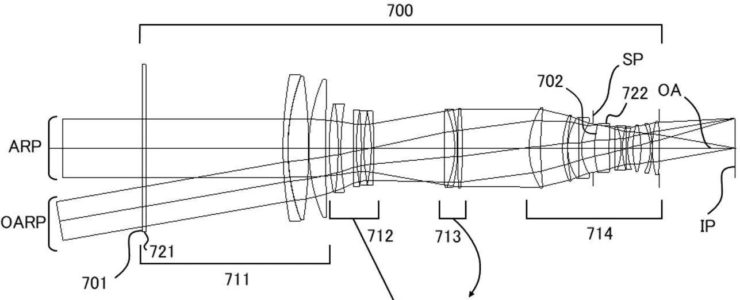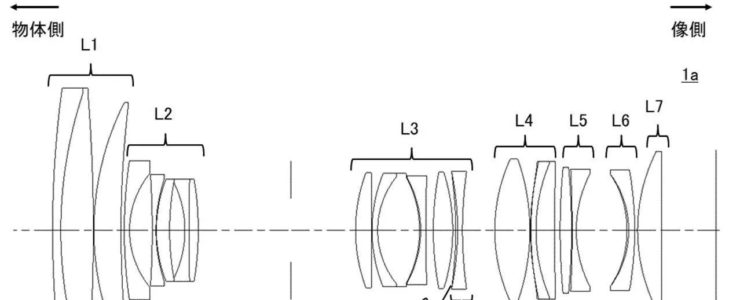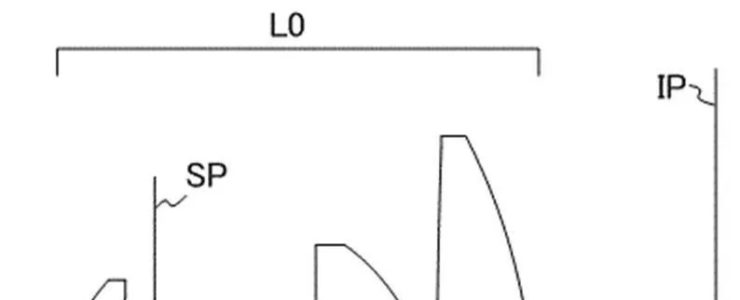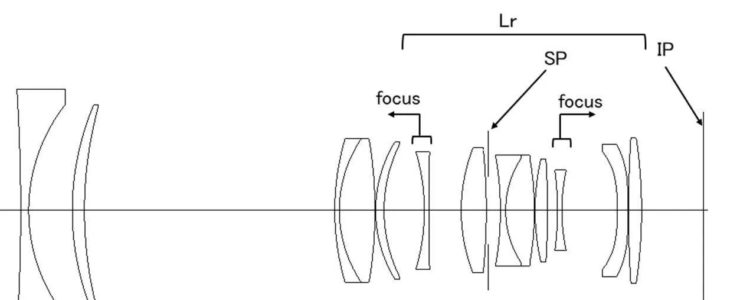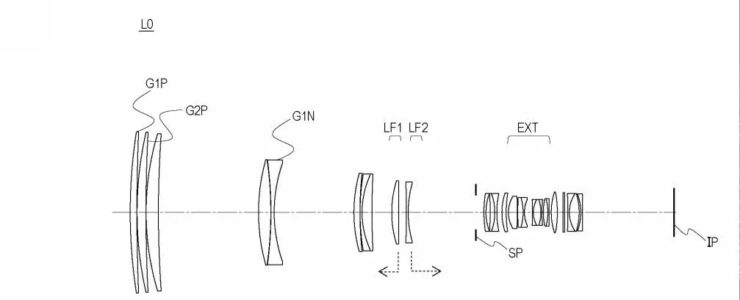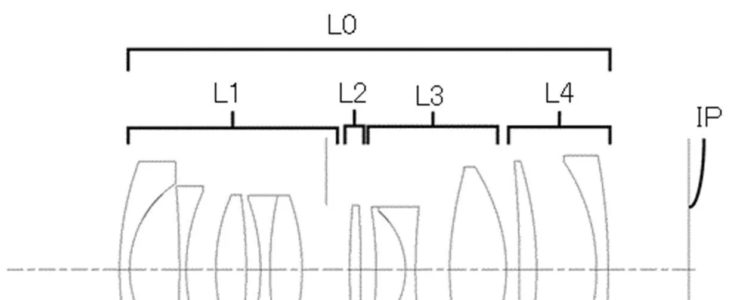Canon Patent: RF 18-35mm f/1.8 DS & RF 120-300mm f/2.8 DS (Defocus Smoothing)
And here is another Canon patent application for two RF-mount lenses with Defocus Smoothing technology.
Canon patent application 2022175307 (Japan, published 11/25/2022) discusses optical formulas for two RF-mount lenses with Defocus Smoothing technology, RF 18-35mm f/1.8 DS & RF 120-300mm f/2.8 DS. No surprise Canon is porting this technology to the RF-mount. From the patent literature:
To provide a variable power optical system that obtains a good apodization effect over the entire zoom range and that has a small change in T number with variable power.
Description of the Related Art
Conventionally, in order to obtain an appropriate blurred image, there has been known an optical system equipped with a filter whose transmittance distribution changes, such as an apodization filter whose transmittance decreases as the distance from the optical axis increases. ing. Patent Literature 1 discloses an optical system in which apodization filters are arranged before and after the aperture of a single-focus lens.
However, since the optical system disclosed in Patent Document 1 is a single focus optical system, it is insufficient as a method for obtaining a sufficient apodization effect in each zoom state of the variable magnification optical system. In addition, as a specific requirement of a variable-magnification optical system, it is required that the change in brightness, that is, the T-number, is small when the magnification is varied, especially in video shooting.
SUMMARY OF THE INVENTION
Accordingly, it is an object of the present invention to provide a variable magnification optical system and an optical apparatus which have a good apodization effect over the entire zoom range and have a small change in T-number due to variable magnification.
Example 1
- Focal length: 18.60-33.78
- F-value: 1.80-1.86
- Half angle of view: 37.69-23.05
- Image height: 14.37
- Overall length: 168.50
- Back focus: 38.56-39.91
Example 2
- Focal length: 18.50-34.00
- F-value: 1.75-1.86
- Half angle of view: 37.99-23.03
- Image height: 14.45
- Total length: 163.25-166.00
- Back focus: 38.56-41.75
Example 3
- Focal length: 37.00-68.00
- F-value: 1.65-1.86
- Half angle of view: 25.94-14.83
- Image height: 18.00
- Total length: 326.49-332.00
- Back focus: 77.12-83.49
Example 4
- Focal length: 51.50-97.00
- F-value: 1.87
- Half angle of view: 15.59-8.43
- Image height: 14.37
- Total length: 204.13-204.12
- Back focus: 48.80-48.79
Example 5
- Focal length: 123.60-290.82
- F-value: 2.89
- Half angle of view: 9.93-4.25
- Image height: 21.64
- Total length: 433.07-433.08
- Back focus: 54.98-55.00

